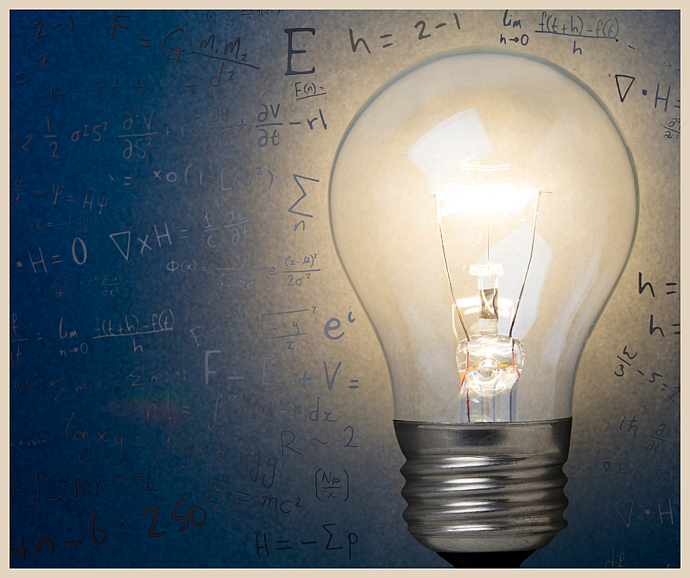AI math discovery is reshaping how we approach one of humanity’s oldest disciplines: mathematics. From helping prove theorems to suggesting brand-new conjectures, artificial intelligence is emerging as a powerful ally. In this deep-dive article, we explore how AI math discovery is speeding up research, enabling discoveries once deemed impossible, and transforming mathematicians’ workflows.
1. What Is AI Math Discovery?
AI math discovery refers to the use of artificial intelligence—including machine learning and reasoning systems—to advance mathematical knowledge. These systems can:
- Verify and formalize proofs with automated tools
- Generate new mathematical conjectures
- Explore open problems across various branches of math
Simply put, AI math discovery is where algorithms meet abstract thinking to enhance or replicate human mathematical creativity.
2. Breaking Down Complex Proofs with AI
A. Geometry at Olympiad Levels
Recent AI models have achieved incredible performance by solving International Mathematical Olympiad (IMO) problems. These models use a mix of symbolic reasoning and deep learning to generate human-like solutions that are both correct and elegant.
B. Formal Proof via Language + Reinforcement Learning
Some AI tools combine language models with reinforcement learning to convert natural language mathematical statements into formal proofs. These tools have performed at levels comparable to medal-winning human contestants.
C. Thousands of Theorems Automatically Verified
AI systems have been able to verify and prove thousands of mathematical theorems across different domains such as algebra and analysis. These feats not only save time but can lead to unexpected discoveries.
3. Conjecture Generation: Discovering New Possibilities
A. Ramanujan Machine
The Ramanujan Machine is an AI program that produces mathematical conjectures by analyzing patterns. It often works on constants like π and e, generating formulas that mathematicians can later attempt to prove.
B. Knot Theory and Beyond
In fields like representation theory and knot theory, AI has been used to find patterns that humans may overlook. These AI-suggested ideas have opened up new research directions.
C. Polygon Packing Problems
AI has also solved complex geometric packing problems—tasks that stumped mathematicians for years. These solutions highlight AI’s strength in approaching mathematical puzzles through brute force and intuition-like techniques.

4. AI as a “Co‑Pilot” for Mathematicians
AI is not here to replace mathematicians, but to act as an intelligent assistant or “co-pilot.” It helps in:
- Generating initial ideas
- Handling lengthy or repetitive parts of proofs
- Organizing large bodies of mathematical data
This collaboration allows mathematicians to focus more on creativity and insight while AI handles the tedious tasks.
5. Accelerating Applied Math and PDEs
AI is proving useful not only in pure math but also in applied areas:
- Some AI models can now solve partial differential equations (PDEs) in real-time, something that traditionally required powerful computing resources.
- Other systems help identify previously unknown mathematical structures by optimizing conserved quantities.
Such developments are already benefiting fields like physics, engineering, and environmental science.
6. Proof Assistants: Formal vs. Informal Math
Proof assistants such as Coq, HOL, and Lean verify mathematical proofs by translating them into formal logic. While powerful, they have traditionally been hard to use. AI now promises to make these tools more user-friendly and automated.
As these systems evolve, we might be moving toward a future where every major proof is both human-readable and machine-verifiable.
7. Challenges & Future Outlook
A. Limits & Errors
AI isn’t flawless. Some models still fail on unsolved or highly abstract problems. Errors can also occur due to flawed logic, missing steps, or misinterpretation of rules.
B. Data Dependency
Many AI models rely heavily on synthetic datasets to perform well. Without enough quality data, their effectiveness drops significantly.
C. Loss of Human Intuition
There are concerns that relying too much on AI may make us lose the beauty and intuition of traditional math. A proof generated by a machine may be correct but lack the elegance appreciated by mathematicians.
D. Democratization of Math
On the positive side, AI tools are becoming more accessible. Researchers around the world, even in resource-limited settings, can now use AI to tackle complex problems more efficiently.
8. Can AI Truly Quicken Math Discovery?
There’s growing evidence that the answer is yes:
- AI matches or exceeds human performance in solving math competition problems.
- It can independently prove or suggest new theorems.
- AI handles complex computations that would take humans years.
As AI continues to improve, it may transform how mathematical research is done, how math is taught, and how theories are tested.
9. How Students and Researchers Benefit
Students
AI-powered tools can serve as interactive tutors. They help break down difficult topics, explain step-by-step solutions, and keep learning engaging.
Researchers
AI helps researchers automate the more tedious aspects of their work. From checking proofs to exploring new directions, AI is quickly becoming an indispensable partner.
Educators
Teachers can use AI tools to create personalized learning plans, identify gaps in understanding, and develop richer lesson content.
10. Conclusion
AI math discovery is no longer a futuristic idea—it’s happening now. From solving Olympiad problems to generating new mathematical conjectures, AI is helping mathematicians move faster and smarter.
Although challenges remain—like data limitations, errors, and philosophical concerns—AI has already proven its value in making math more accessible, efficient, and exciting.
The future of math may well be a collaboration between human intuition and artificial intelligence. Together, they can unlock mysteries that once seemed out of reach.
Read Next – TikTok Hits Cannes: U.S. Ban Feels Like a Distant Dream






